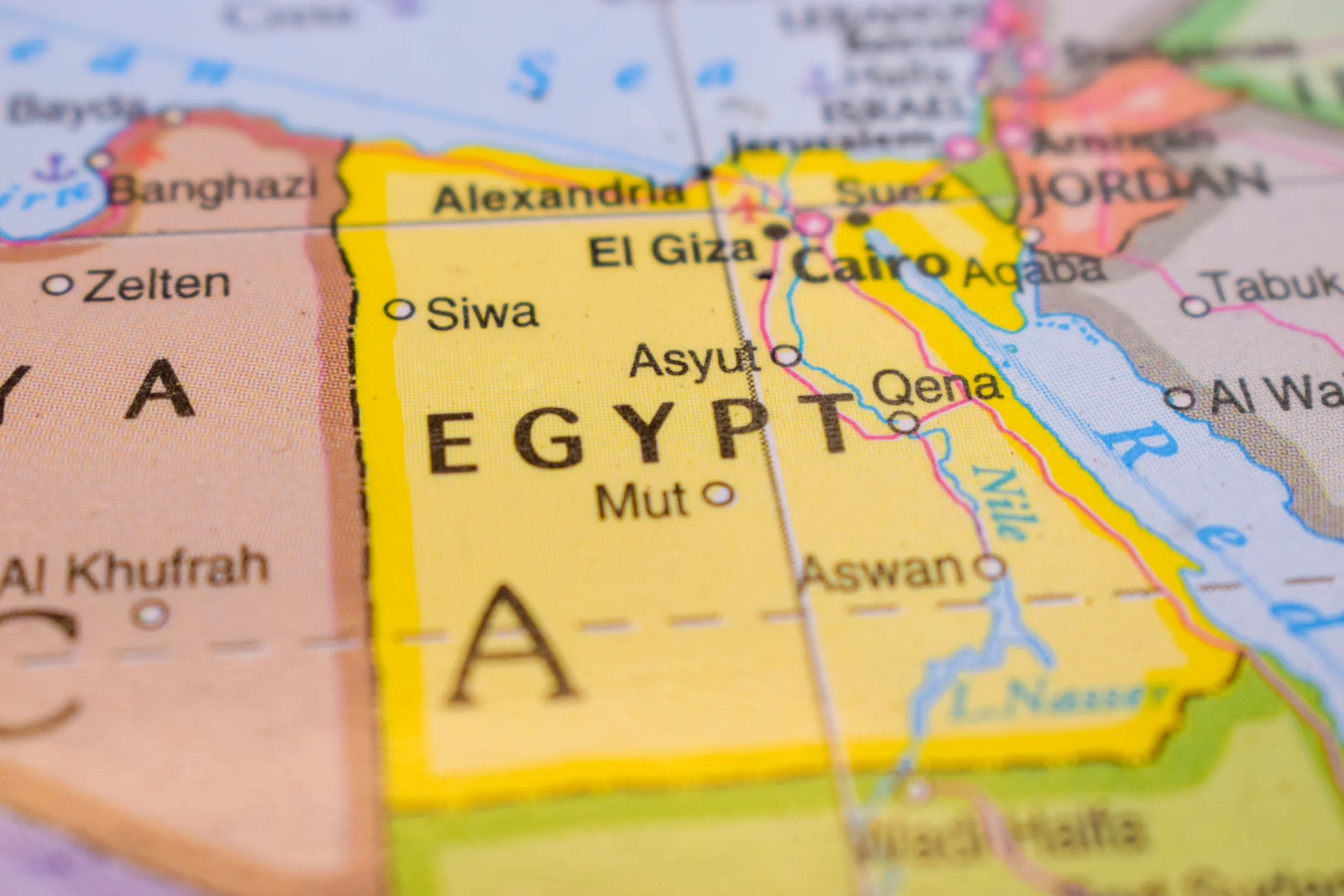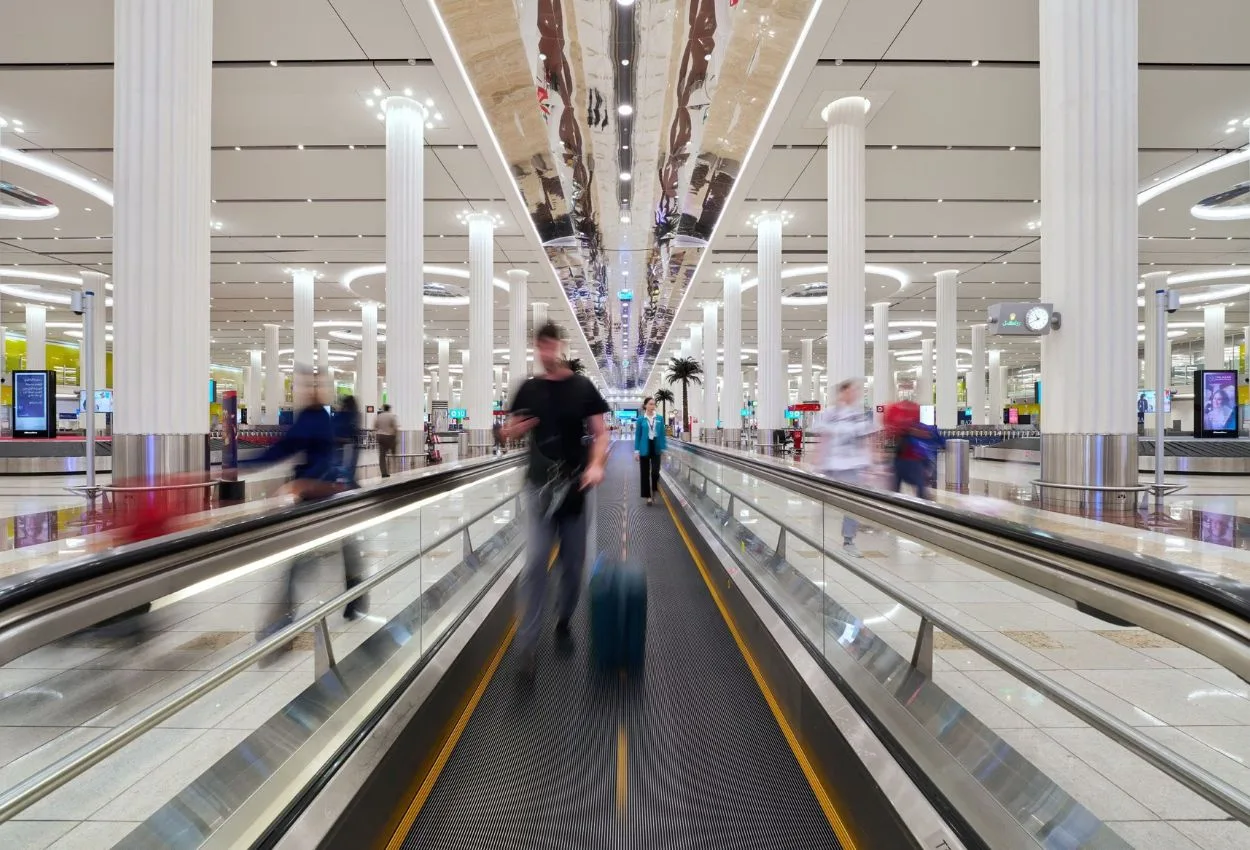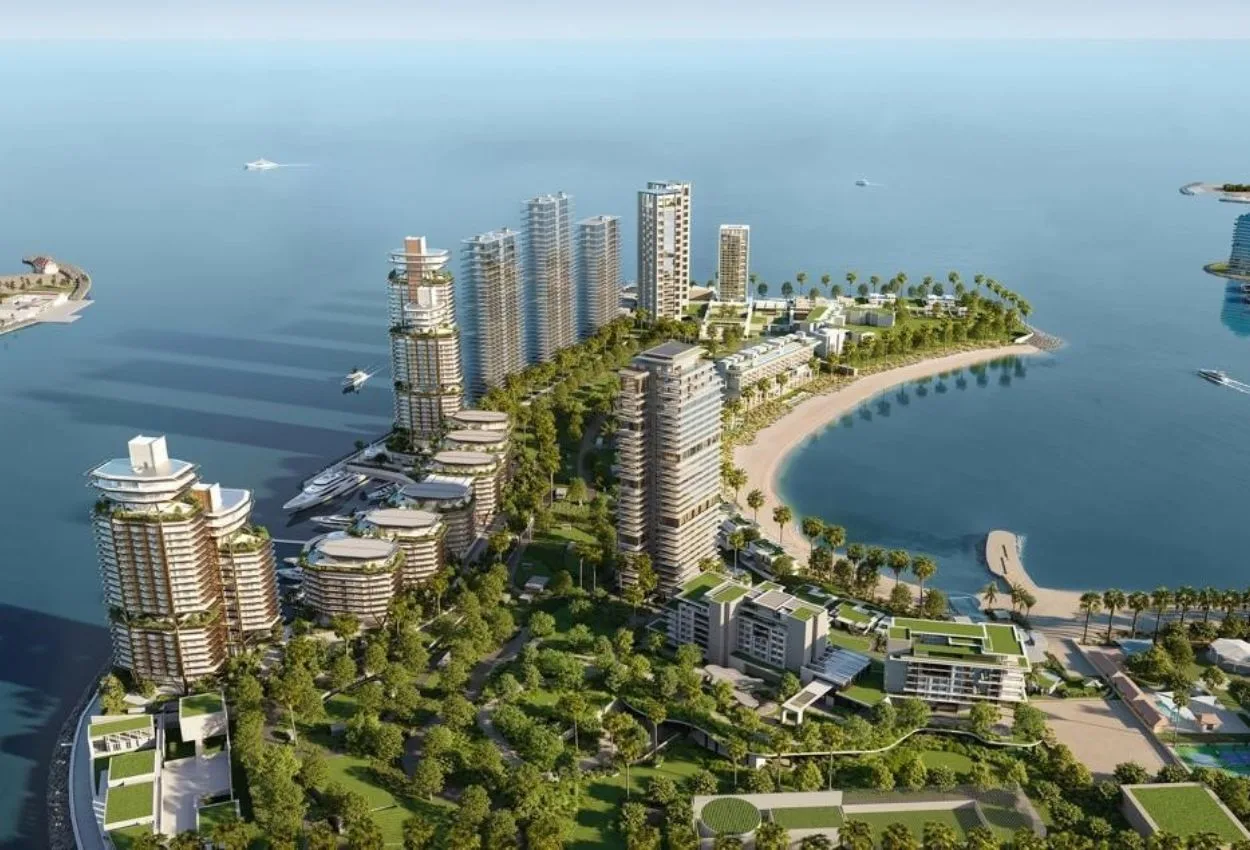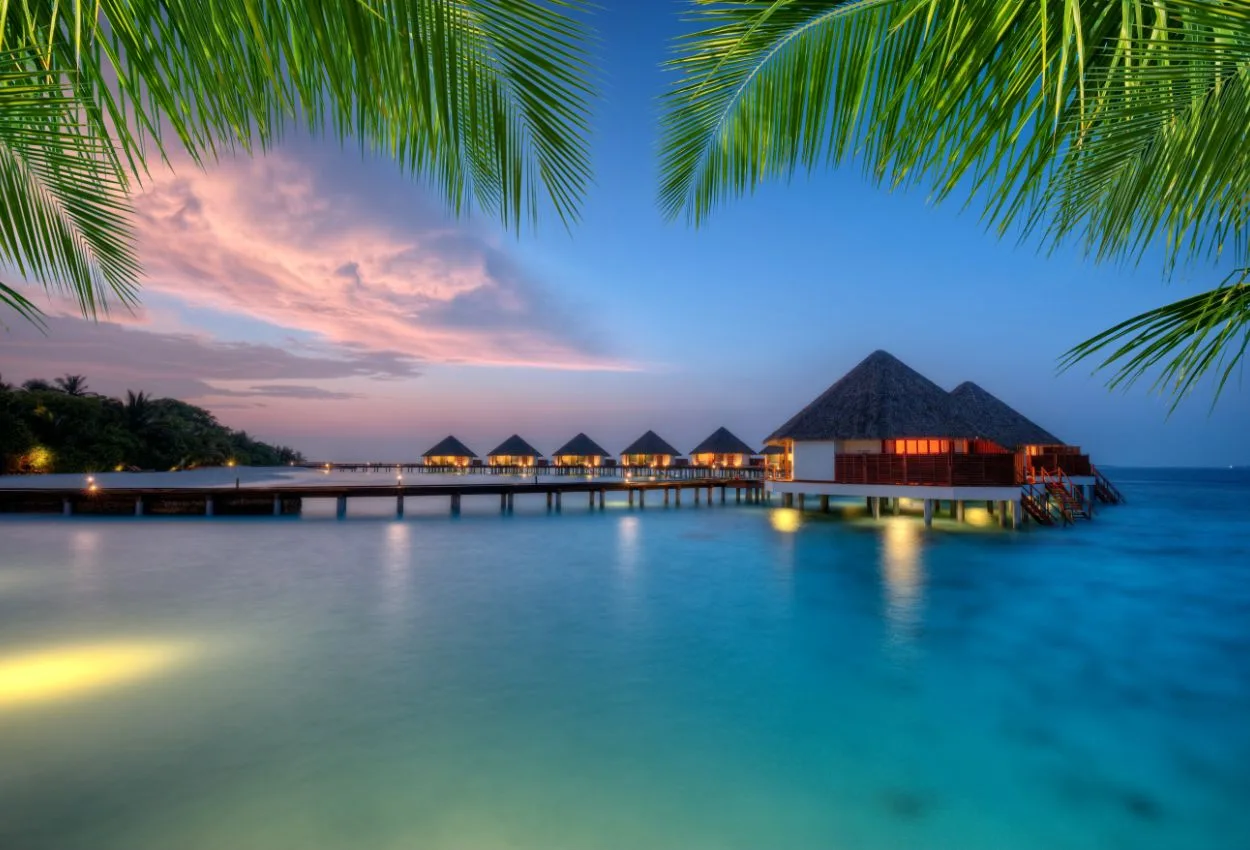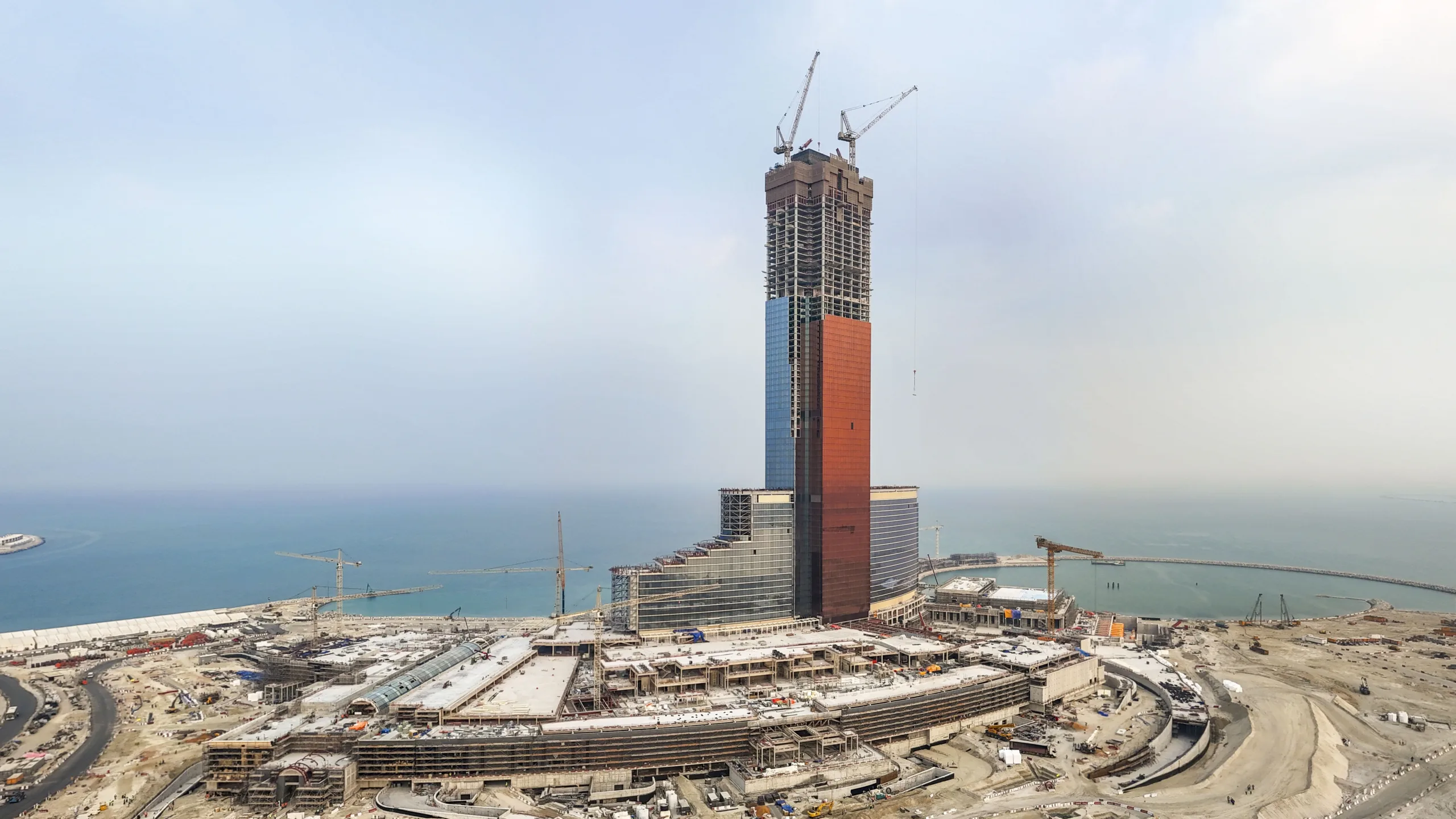Rising from the desert east of Cairo is one of the most ambitious urban developments in the modern Middle East — a city designed to redefine Egypt’s future. Commonly known as the New Administrative Capital, this vast project aims to ease the strain on Cairo’s overcrowded core and establish a new model for sustainable, high-tech urban living.
More than just a new district, it is intended to be a symbol — a statement of renewal, efficiency, and modern identity.
The Vision
The New Administrative Capital represents Egypt’s plan to decentralize its government and create a more organized, livable urban environment. For decades, Cairo’s population growth and traffic congestion have pushed infrastructure to the limit. This new city seeks to rebalance that pressure by relocating ministries, embassies, and public institutions to a modern, master-planned setting.
Key Objectives
- Decentralization: Moving the seat of government, including presidential, parliamentary, and ministerial offices, away from old Cairo.
- Smart infrastructure: Using digital technology for utilities, transport, and administration, creating one of Africa’s first “smart cities.”
- Green integration: Designing generous parks and green corridors to counterbalance the urban density.
- Population growth: Providing homes for up to six million residents within the coming decades.
Location and Layout
The New Administrative Capital lies about 45 kilometers east of Cairo, stretching across what was once desert land between Cairo and the Suez Road. The site covers hundreds of square kilometers — large enough to contain its own districts for government, business, housing, culture, and leisure.
At its core runs the Green River, a 35-kilometer landscaped park system that threads through the city, acting as its spine and green heart. Residential neighborhoods are organized around this corridor, with civic, cultural, and business centers distributed throughout.
Districts at a Glance
- Government District: Parliament, ministries, and presidential offices.
- Central Business District: High-rise towers, including the Iconic Tower — the tallest in Africa.
- Residential Zones: Mixed-income housing, schools, hospitals, and community centers.
- Cultural District: An opera house, theaters, and museums designed to reflect Egyptian heritage in contemporary form.
- Diplomatic Quarter: Embassies, consulates, and international agencies.
Design Philosophy
The city’s master plan draws inspiration from both modern urbanism and Egyptian identity. Boulevards are wide, buildings sleek and geometric, and parks plentiful. The design emphasizes walkability, public transport, and renewable energy integration.
The Green River Park is envisioned as the city’s defining landscape — a sequence of gardens, artificial lakes, and recreational zones larger than many urban parks worldwide. It symbolizes environmental balance in a desert setting.
Sustainability plays a central role, with solar energy systems, advanced waste management, and smart grids incorporated from the beginning.
Economic and Social Ambitions
The project isn’t just about moving offices; it’s about creating new economic engines. By opening vast tracts of land for development, the government aims to stimulate investment, construction, and employment while promoting modern industries such as technology, finance, and green energy.
For residents, the New Capital is designed to offer cleaner air, more space, and a better quality of life — wide roads, reliable utilities, and modern schools. For investors, it represents a chance to participate in Egypt’s next growth frontier.
Challenges and Realities
Affordability and Accessibility: Many early developments target the middle and upper classes, raising concerns about affordability for average citizens. Ensuring social diversity and accessibility will be vital to its success.
Connectivity: Highways and a new electric train are planned to link the New Capital to Cairo, but commuting remains a challenge. A strong transport system is essential to prevent isolation from Greater Cairo.
Water and Sustainability: Building a city in the desert requires careful management of water and resources. While the plan includes recycled water systems and landscaping, long-term sustainability will depend on responsible usage.
Occupancy vs. Infrastructure: Mega-projects worldwide sometimes struggle to attract residents as quickly as infrastructure is built. The New Capital must maintain momentum beyond government relocation to avoid becoming monumental but empty.
A Symbol of Renewal
For Egypt, the New Administrative Capital is more than urban planning; it’s a national statement. It reflects confidence in the country’s future and a desire to enter the twenty-first century on its own terms.
The city’s design — combining Egyptian symbolism with modern efficiency — aims to project progress and pride. Wide boulevards, tree-lined avenues, and futuristic skylines are intended to contrast with the congestion and decay of the old capital, offering a vision of order and potential.
What Visitors Can Expect
For travelers, the New Administrative Capital is slowly opening to exploration. Visitors can see the gleaming government buildings, wide landscaped avenues, and towering skyscrapers that signal Cairo’s eastward expansion. The Iconic Tower, once completed, will dominate the skyline, and the Green River Park promises to be a vast public attraction.
Hotels, retail centers, and cultural venues are planned to make the area not just an administrative hub, but also a destination in its own right.
